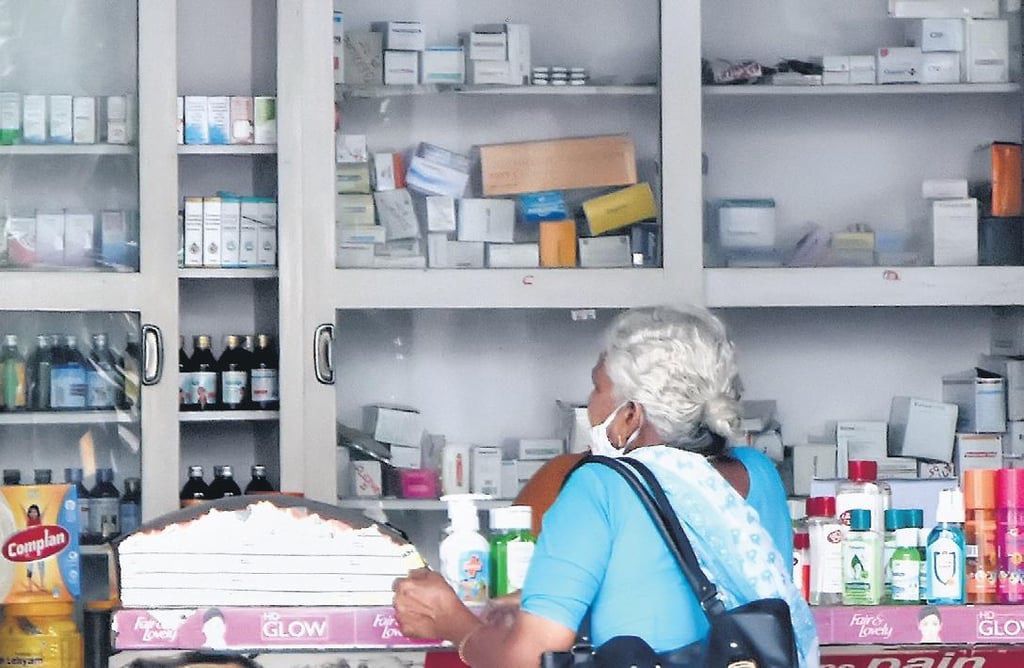A staggering 39 million people worldwide could succumb to antibiotic-resistant infections over the next 25 years, according to a landmark study published in The Lancet. This chilling projection underscores the urgent need to combat antimicrobial resistance (AMR) as a critical global health crisis. Conducted by the Global Research on Antimicrobial Resistance (GRAM) Project, the study is the first comprehensive analysis of AMR trends, outlining its alarming future impact.
Key Findings: AMR-Related Deaths on the Rise
The GRAM study reveals that over one million people died annually from AMR between 1990 and 2021. Even more concerning is the forecast for 2050, where nearly 2 million people are projected to die directly due to AMR each year—an increase of nearly 70% compared to 2022. Furthermore, AMR is expected to contribute to 8.22 million deaths annually by 2050, representing a 75% surge from the 4.71 million deaths recorded in 2022.
Age-Related Trends in AMR Mortality
- Children under five years old: Deaths declined by 50% between 1990 and 2021, yet AMR still poses a threat.
- Adults aged 70 and older: AMR-related deaths rose by over 80%, with this demographic expected to bear the brunt of the mortality burden by 2050.
While AMR deaths among young children are expected to halve by 2050, fatalities in older populations will more than double, highlighting the aging population’s vulnerability.
Global Health Implications of AMR
Antimicrobial resistance occurs when bacteria evolve and no longer respond to medications, rendering treatments ineffective. The consequences of unchecked AMR are far-reaching and devastating. AMR already claims more lives than HIV/AIDS and malaria combined, with 1.2 million direct AMR-related deaths in 2019 alone. By 2050, this figure will balloon to a total of 39 million deaths across all ages.
Geographic Disparities
AMR-related deaths will disproportionately affect regions such as:
- South Asia: Expected to account for 11.8 million deaths directly due to AMR between 2025 and 2050.
- Sub-Saharan Africa and Southern/Eastern Asia: These regions will also see significant rises in fatalities, driven by limited healthcare access and ineffective infection control measures.
Historical Data and Projections
The GRAM study analyzed 520 million records from hospital data, deathc ertificates, and antibiotic use across 204 countries and territories. Based on historical trends, AMR-related deaths have steadily increased since 1990, with 1.14 million deaths directly attributed to AMR in 2021.
AMR’s Most Common Culprits:
- Methicillin-resistant Staphylococcus aureus (MRSA): Deaths increased from 57,200 in 1990 to 130,000 in 2021.
- Carbapenem-resistant Gram-negative bacteria: Resistance to these antibiotics grew from 127,000 deaths in 1990 to 216,000 in 2021.
Without significant intervention, these pathogens and others will continue to fuel rising mortality rates.
The Urgent Need for Global Action
To mitigate the escalating AMR crisis, the study calls for a comprehensive global strategy focused on:
- Infection prevention and vaccination programs
- Minimizing inappropriate antibiotic use
- Research and development of new antibiotics targeting resistant bacteria
- Access to quality healthcare and antibiotic treatments
The Future of AMR: What Lies Ahead?
Based on current trends, AMR is expected to directly cause 1.91 million deaths annually by 2050, a stark 67.5% increase from 2021. In total, more than 39 million deaths will result directly from AMR between 2025 and 2050. However, with improved healthcare infrastructure and targeted development of antibiotics, an estimated 92 million deaths could be averted.
Key Solutions to Avert Catastrophe:
- Improved infection care: Particularly in regions like South Asia, sub-Saharan Africa, and Southeast Asia, better access to antibiotics could prevent millions of deaths.
- Innovation in drug development: The creation of new antibiotics targeting Gram-negative bacteria could save over 11 million lives globally by 2050.
Conclusion: A Call to Action
The findings from this study highlight the growing and evolving threat of antimicrobial resistance. Without prompt and coordinated efforts to prevent, manage, and treat infections caused by resistant bacteria, millions of lives will be at risk. Now is the time for governments, healthcare organizations, and researchers to intensify efforts to avert a global health catastrophe.

